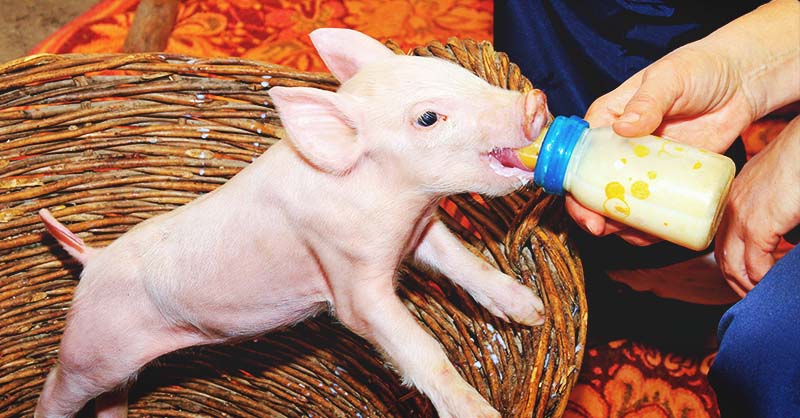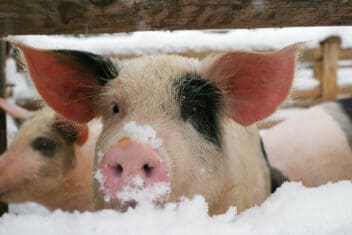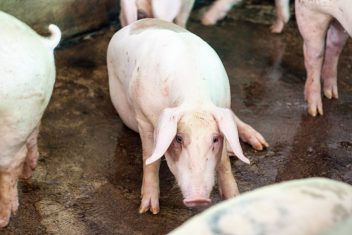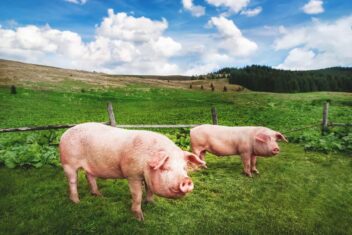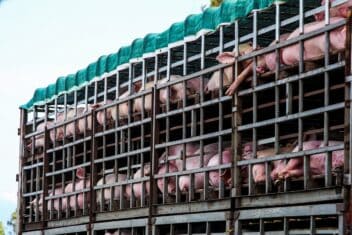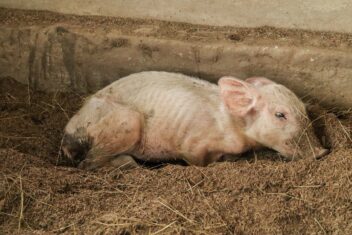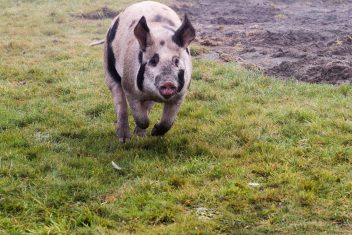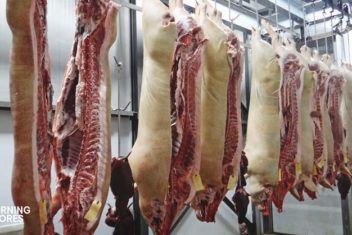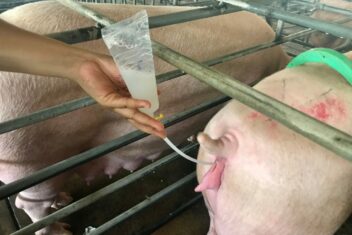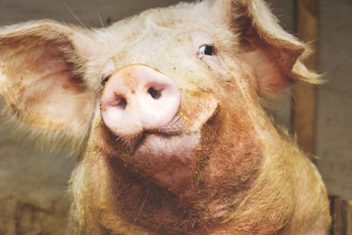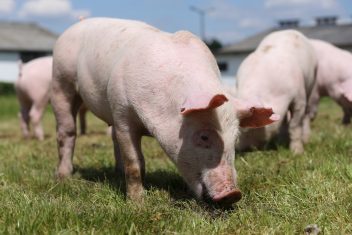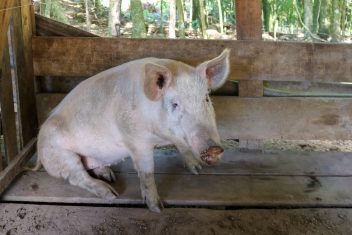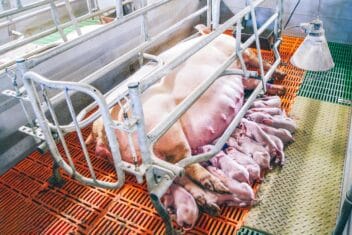Are pigs a part of your homestead? Are you considering incorporating them into
Whether they’re already there or coming in the future, it’s important to be prepared for the unexpected.
I browse many homesteading forums regularly to glean information and share a little along the way too. One question I recently came across was how to go about bottle feeding piglets and why you would need to?
I’ve decided to answer this question. If you’re a proud pig owner or plan on being one, tune into this information because you’ll probably need it at some point.
Here’s how you go about bottle feeding piglets:
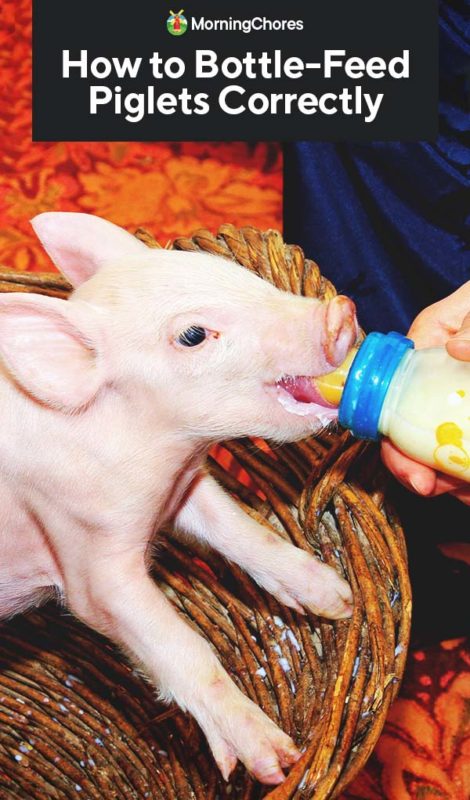
Why Bottle Feed Piglets?
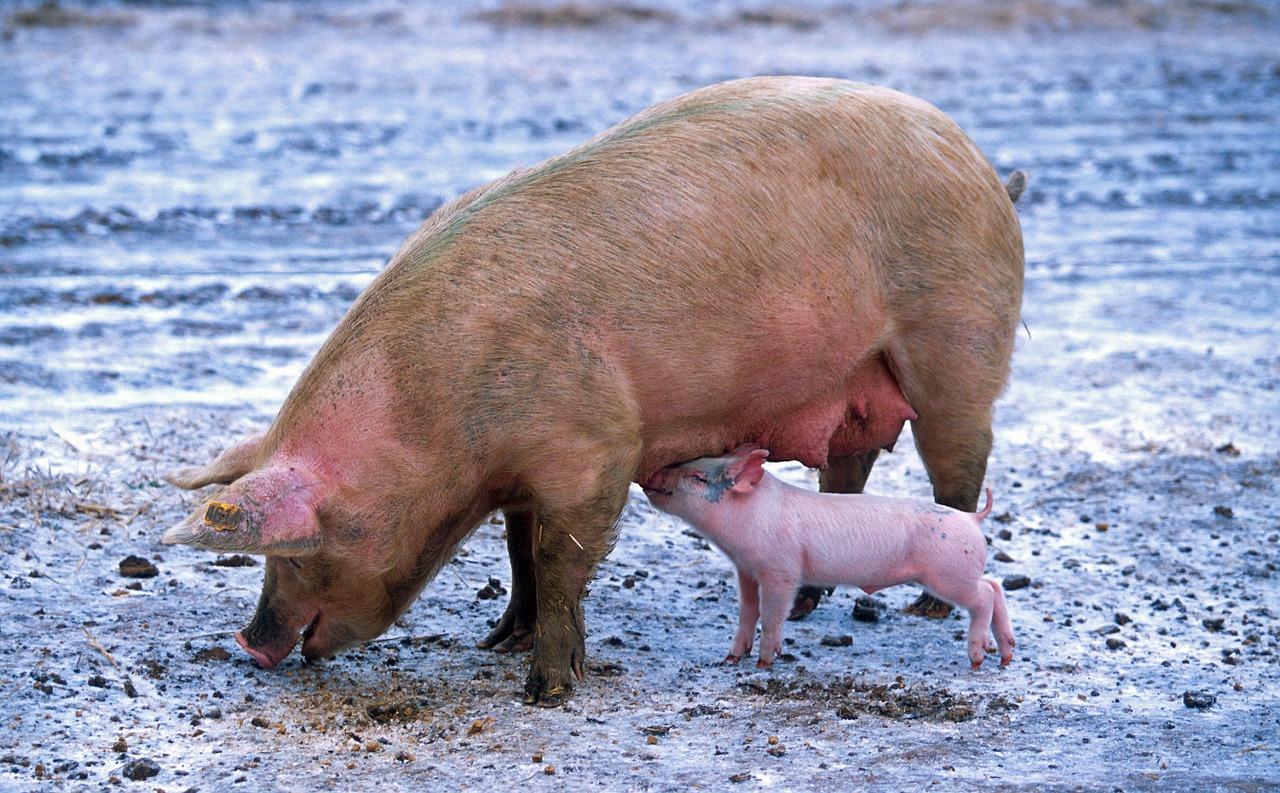
Every homesteader must make up their mind about bottle feeding piglets. At the beginning of our homestead adventure, I worked myself tirelessly to save every life which came to be on our homestead.
I’d stay up around the clock to bottle feed any baby animal which needed it. The harsh reality is you’re going to lose lives on your homestead.
Bottle fed babies are sweet because they’re used to being handled, and they may sell for more because of this.
Yet, their chances of surviving are lower than if they had been left with their mother. I’ve now made a conscious decision to not interfere with nature.
Unless the mother has died in the birthing process, I allow her to do her job. She has instincts and knows how to handle things.
You may not agree, and it’s okay to have a difference in opinion in this area. You may choose to bottle feed piglets because they’re easier to handle.
If you share the same mindset as I do, you may only bottle feed a piglet if the mother dies while giving birth or if she has too many piglets and can’t supply the milk for all of them.
In these cases, you’d want to give the piglets the best chance at survival.
But you must make a tough decision when deciding to bottle feed certain pigs because of the sow’s milk supply.
You must choose to either bottle feed the stronger piglets because they have a greater chance at surviving, or the weakest piglets because if they don’t survive, it would be less of a financial hit.
These are the choices we are left to make as homesteaders. As unglamorous as they are, we still must make them.
Things to Keep in Mind
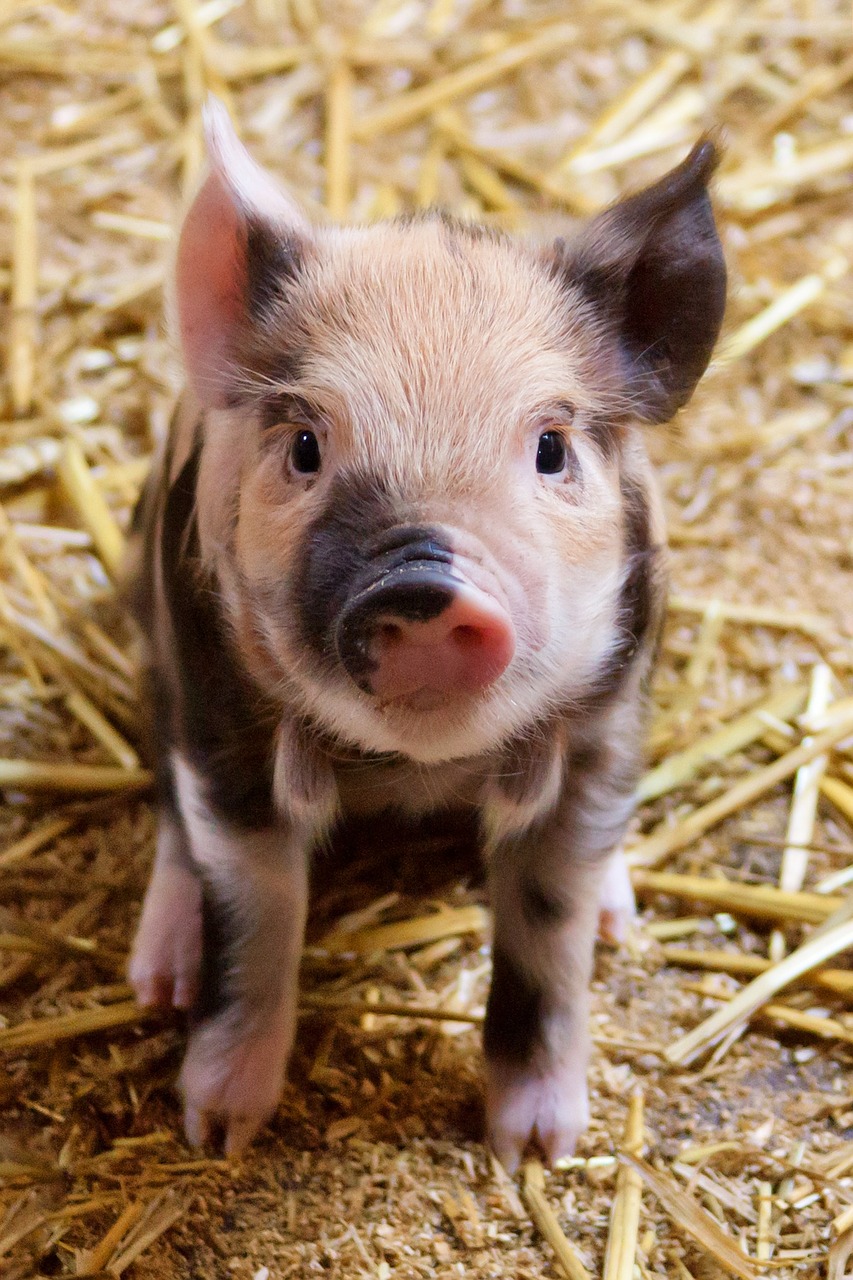
When you find yourself in the situation where you must bottle feed a piglet or multiple piglets, there are a few things you should keep in mind:
1. Keep Colostrum on Hand
Every baby needs colostrum when born. It gives them the boost their systems need after going through the traumatic birthing process.
Piglets are no exception. They’re born without a developed immune system. By giving them colostrum, it allows them to get antibodies from the sow which will help them fight off illnesses as their systems develop.
It’s a good idea to keep colostrum on hand. You can purchase some locally in frozen form. If you can’t find any colostrum from a pig, you can substitute for bovine colostrum.
Be sure to get as much colostrum in each piglet’s system in the first 24 hours as possible. This will help them thrive in the days to come.
The colostrum should be administered with an eye dropper.
2. Milk Replacer Can be Made or Bought
After the first 24 hours, the piglets can be switched to a milk replacer. You can purchase the milk replacer online or from local feed stores.
Mix the replacer as directed on the package. If the piglet is leery of taking a bottle, you can still administer the replacer with an eye dropper.
When they become more comfortable with the bottle (which they should once they realize they can get more milk at a faster rate), begin using a bottle with a pig nipple.
Be mindful of when you mix the milk replacer because it only lasts for approximately 12 hours.
If you’d rather make your own milk replacer, it’s easy to do. Mix one quart of cow’s milk with one pint of half and half. Add one raw egg to the mixture and a small amount of neomycin.
3. Provide Basic Needs
Bottle feeding piglets the proper nutrition is only part of keeping them alive and healthy. Piglets require proper warmth too.
Be sure to keep them in an area where there are no drafts, and they are kept at a temperature of 90° Fahrenheit.
You can do this by keeping them in a DIY kid warmer or under a protected heat lamp. Please keep an eye on heat lamps. They cause frequent barn fires, and though they’re beneficial, they can also be deadly.
How Long of a Process is Bottle Feeding Piglets?
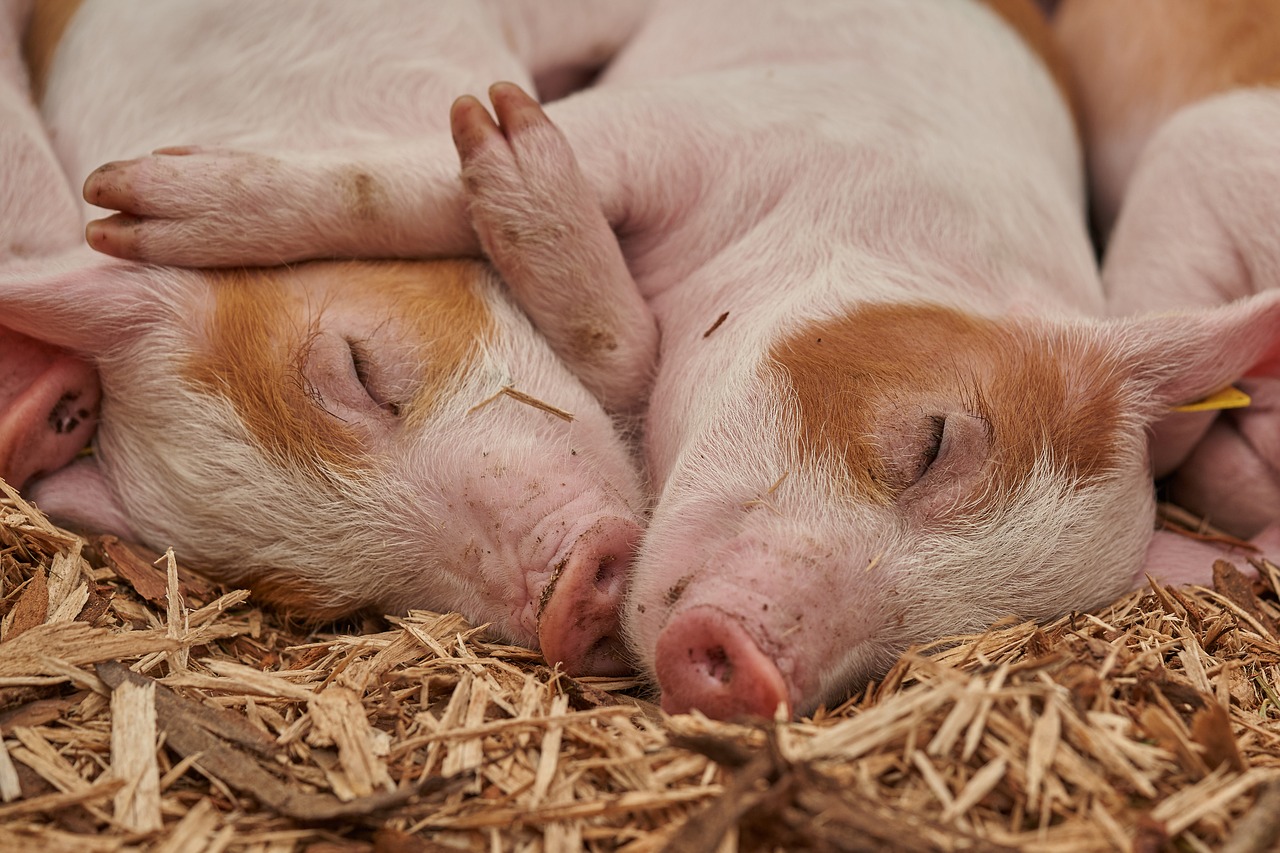
You now know when you should bottle feed piglets and what you should feed them. Let’s discuss how this process should work:
1. First Days
In the first days of life, piglets will lead the way. They should be fed approximately 15 times in the first day.
These frequent feeding sessions are vital because this is when they’ll be taking in colostrum. Each nursing session will last about five minutes.
Make a plan for this first day to be at the piglets’ beck and call because this could be the difference between a weak piglet or a healthy, happy, and thriving piglet in the days to come.
2. Week One
As the days progress in week one, you’ll transition from on-demand bottle feeding piglets, to introducing milk replacer. When the milk replacer has been introduced, you’ll feed them via bottle every three to four hours.
It’s as if you’re nursing a newborn human baby. Follow the instructions on the package of milk replacer to know how much to give based on weight.
In most cases, the babies will lose interest when full, and if they’re still hungry, they’ll want more. Which is why many people mix up a large batch of milk replacer at once.
It allows you to refill the bottle if needed quickly and easily. Again, pay attention to the time frame of the milk replacer because you don’t want to feed old milk to a new baby.
3. Week Two
As you enter week two, you’ll begin to feel some freedom creep back into your life. The babies can now be put on a feeding schedule.
They’ll still need to be fed four times per day, but now you’re in control of when these four times are.
Try to space them evenly to avoid the piglets becoming hungry, but you can incorporate their feedings into your routine around the homestead at this point.
4. Weeks Three Through Five
As weeks three through five roll around, you and your piglets are going to be shouting ‘Happy Day!’ It reminds me of when my youngest was allowed to begin eating baby food.
He was a large baby, and at around three to four months, milk wasn’t doing the trick. When we finally made it to the doctor’s appointment where I was given the okay to introduce baby food, he and I both almost did a happy dance.
Your piglets are going to feel the same. Still, give them a bottle three times per day, but you can introduce pig feed.
Keep giving milk through week five. At the end of five weeks, your piglets should be healthy, happy, and eating only pig chow.
Congratulations! You survived bottle feeding piglets.
You’re now in the know on how to raise piglets via the bottle. It will take work and a great deal of dedication, but if you’re motivated, you can do this.
Don’t be surprised if you lose a pig along the way. This happens and understand, you’ve given it your best effort.
Hopefully, this will help you raise many healthy pigs over the years and enjoy a few cute farm moments along the way.

